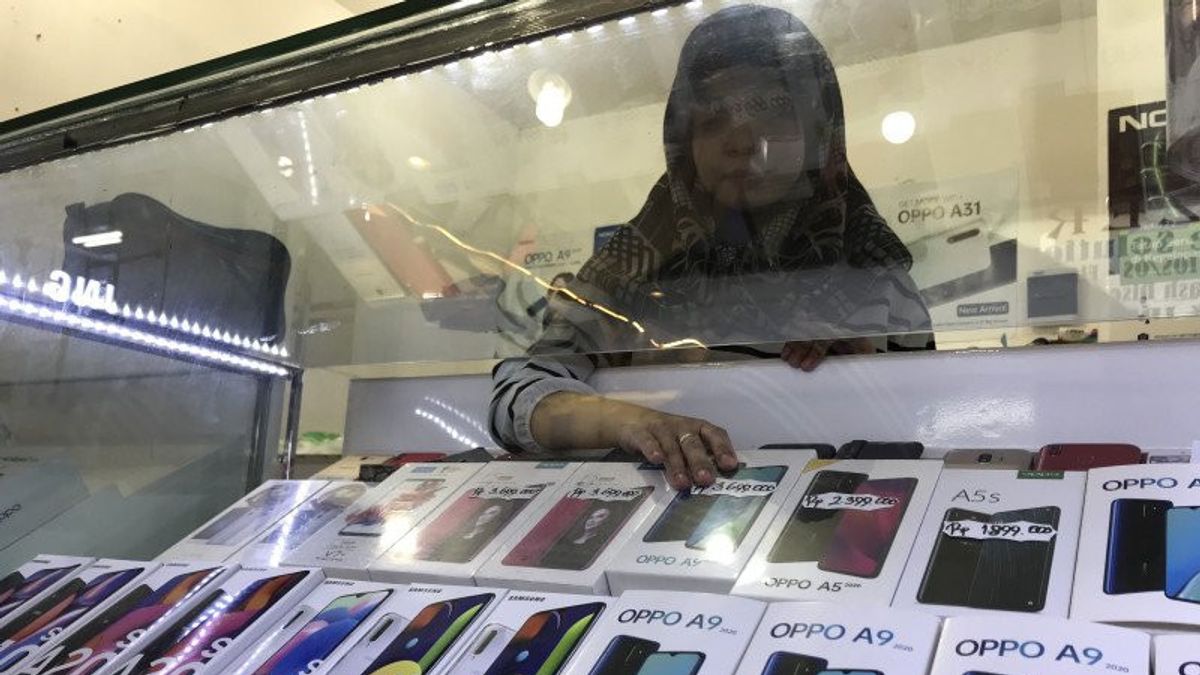JAKARTA - Gadtorade community gadget observer Lucky Sebastian assessed that the smartphone market in Indonesia, especially in the low-end segment, will continue to compete tightly in the first quarter of 2021.
When contacted by Antara, Lucky said that the conditions of the COVID-19 pandemic had contributed to this, where most of the work had to be done online.
"This low-end segment is becoming fierce competition from many vendors, driven by pandemic conditions, where most work has to be done online or 'work from home' as well as school learning or distance learning (PJJ)," said Lucky, on Monday, March 29th.
According to him, this condition has boosted sales of smartphones in the low-end segment. He assessed that smartphone vendors will continue to compete to present attractive types of smartphones in this segment.
"Because the most smartphone users are in this segment, this segment is also being pursued by vendors to increase the brand's market share, because the top rank of this market share is still being contested to be the prestige of trust for potential buyers as well as an attractive marketing step," said Lucky.
Lucky estimates that competition in the low-end segment will continue to be interesting in the coming quarters, especially since the COVID-19 pandemic has yet to show signs of ending.
Based on the latest report by research firm IDC, smartphones in the low-end category or those marketed with a price range of IDR 1.5 million to IDR 3 million have increased in 2020.
The share of the low-end smartphone market has now reached 65 percent, up from 45 percent in 2019.
The top five brands, namely Vivo, Oppo, Xiaomi, Realme, and Samsung respectively dominate the low-end segment with a share of more than 90 percent.
SEE ALSO:
Local cell phone
From this data, it is known that smartphone vendors from China and South Korea still dominate the market in the low-end segment. In fact, in this segment, local vendors such as Evercoss or Advan are also playing. But it seems they are starting to fall behind.
Lucky said that several years ago, local smartphone vendors still had a place, especially in small areas or cities.
However, along with the massive e-commerce and the aggressiveness of the Chinese smartphone giant in attacking the domestic market to remote areas, local vendors are increasingly being marginalized.
"The market share of local brands is now getting smaller, whereas in the past they were still able to enter the top five. Without a change in pattern or method, local brands are unlikely to develop and eventually run out due to lack of competition," said Lucky.
He added that support from the government or related policymakers seems to be a solution to boost sales of smartphones made by local people, for example with a campaign to love domestic products.
"Maybe the local brands themselves should be pro-active in lobbying the government to see that it's time to take part in this segment," he said.
The English, Chinese, Japanese, Arabic, and French versions are automatically generated by the AI. So there may still be inaccuracies in translating, please always see Indonesian as our main language. (system supported by DigitalSiber.id)
















